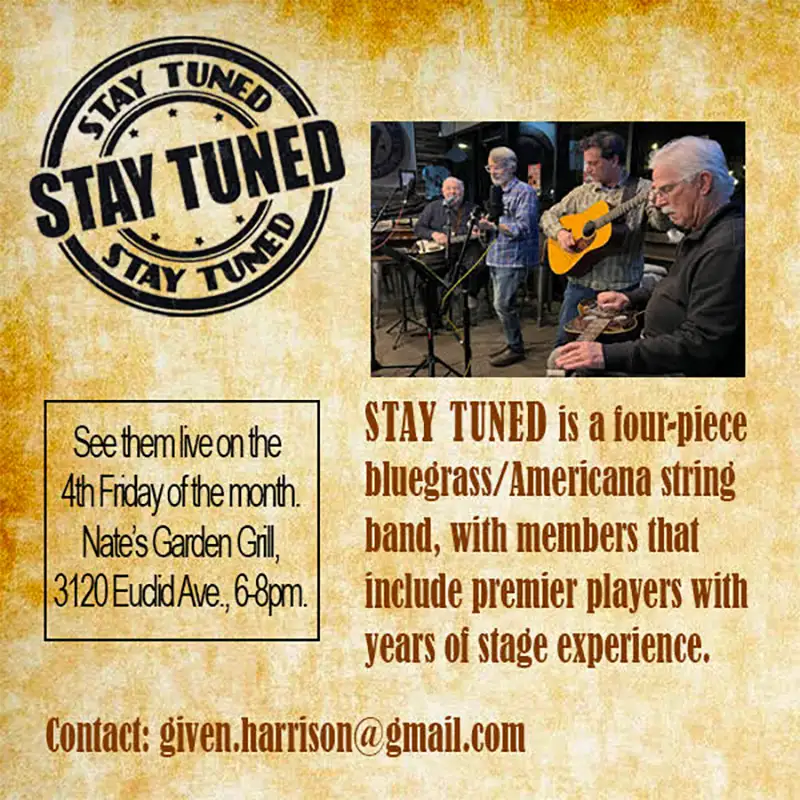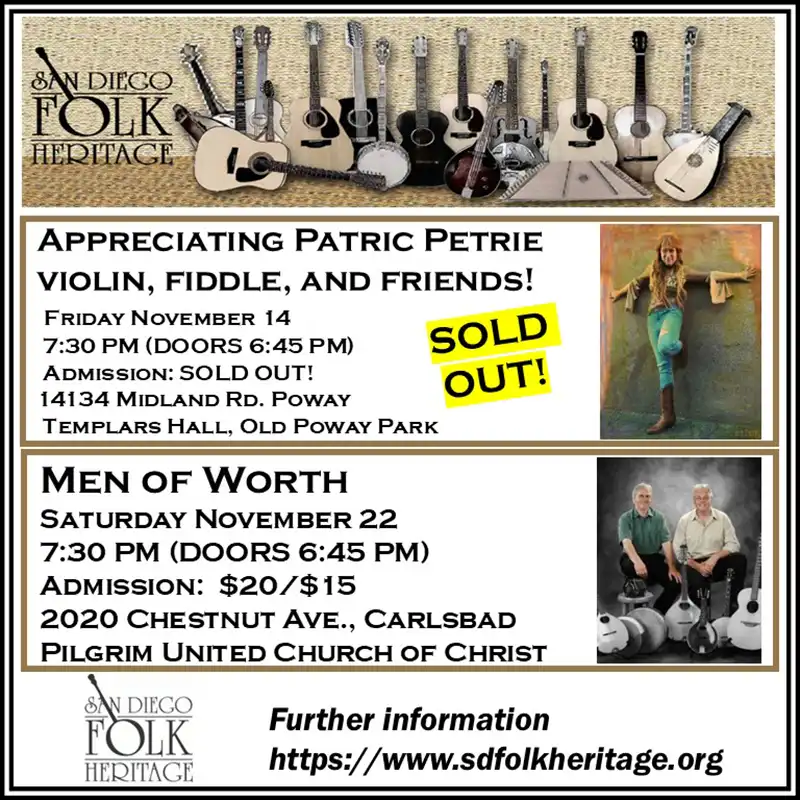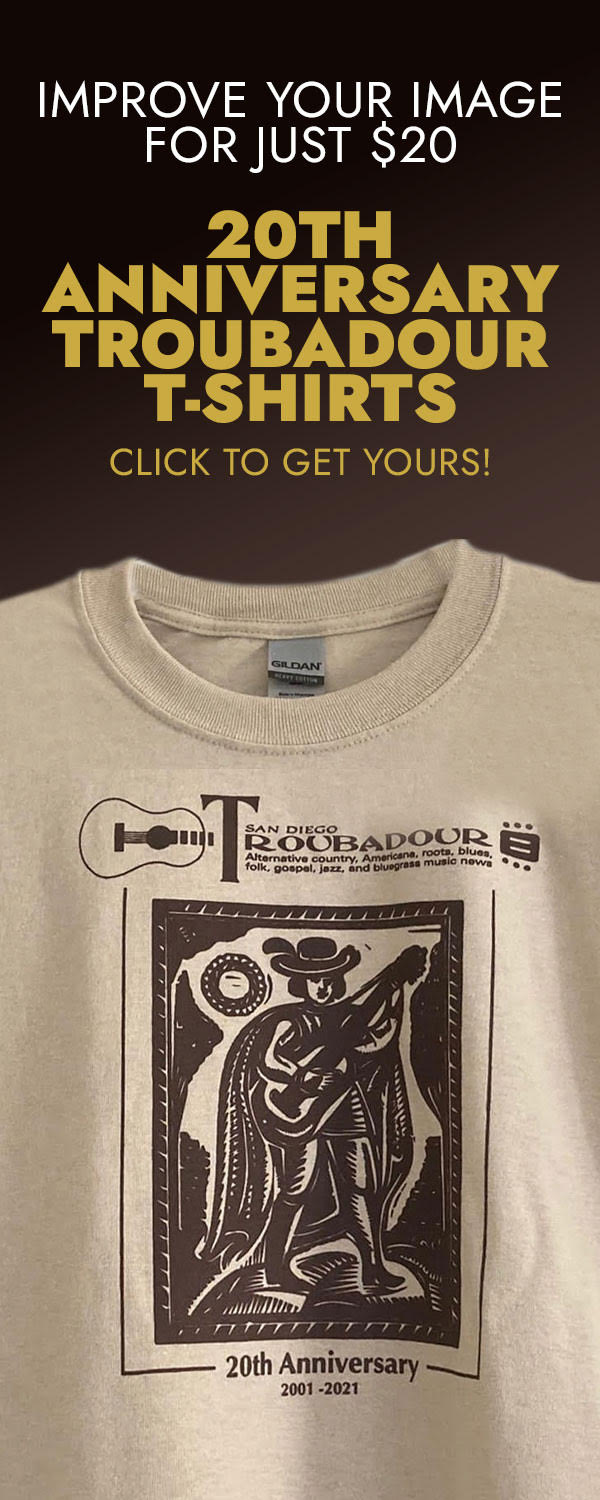Recordially, Lou Curtiss
How the Blues Came to Folk Arts Rare Records & What It Found There!
It wasn’t too long after I opened the store on July 31st 1967, that I came in contact with the blues. In fact, I’d been open less than a month when my old friend Ken Swerilas, 78 record collector supreme, came into the store and told me he was bringing this old bluesman out from Hollendale, Mississippi named Sam Chatmon. Sam had been one of the original Mississippi Sheiks band, which also included his brothers Bo Carter, Lonnie Chatmon, and neighbor Walter Vincent and did I know anyplace he could play. I called Bill Nunn out at the Heritage Coffee House in Mission Beach and Sam was on his way toward a career renewal that he’d laid aside back in the late ’30s. For the next 15 plus years Sam would come out to San Diego and spend 6 months each year here. I’d book him up and down the West Coast at festivals, clubs, coffeehouses, and most anywhere where a Mississippi bluesman was wanted.
It wasn’t long after my association with Sam had begun that Thomas E Shaw walked into the store looking for guitar strings (which I didn’t carry; I was a record shop). I was curious enough about a 60-plus-year-old back man wanting guitar strings that I asked him if he played the blues?
His reply was “not the kind you’d know anything about. I learned to play from Blind Lemon Jefferson.” Well that was just exactly the kind of blues I knew something about and I pushed him to tell me more. It turned out that Tom was born in Brenham, Texas on March 4, 1908 and actually learned to play from the great Texas bluesman Blind Lemon Jefferson. Jefferson would sit on the church steps in Chillicothe, near Vernon, Texas and show the young Shaw how to play those difficult runs on the guitar. When Lemon died in 1929, Shaw went out on his own singing in the streets until 1934, meeting up with the likes of Williard “Ramblin” Thomas, J.T. “Funny Paper” Smith, and Texas Alexander whom he played guitar for and who carried him to Frederick, Oklahoma where he played in a guitar contest and won first prize. He met with Blind Willie Johnson and learned and played some of his gospel songs. His travels took him through Temple, Texas; Moody, Texas; McGregor, Texas; White Hall; and Gelton where he still has family today. In 1936 Shaw’s travels took him out to the West Coast where he finally settled in San Diego, playing house parties and clubs where he met up with the likes of T Bone Walker, Pee Wee Crayton, and Little Willie Littlefield. For awhile Shaw ran his own club and after hours joint called the Little Harlem Chicken Shack. He also did a radio show on border station XEMO in Tijuana through the early ’40s. Sometime in the early ’50s he got involved with the Holiness Church people and gave up the blues for a time, but when I met him, he was back into it on sort of a limited basis.
I invited Shaw out to the San Diego State Folk Festival, encouraged him to talk about his colorful past, and play the old tunes in the old style, the way he had learned them. The result was a new career for Tom, playing at clubs and festivals around the country and even a tour of Europe with one of the American Folk Blues Festivals. Tom made two fine LP records in this country (one on Blue Goose and one on Advent) and one in the Netherlands. One day Tom came in to the store and announced that Sam Chatmon was always doing those “dirty” (double entendre) songs.
“Well I know some dirty songs, too, so turn on your tape recorder and I’m going to sing them for you. Then I’m not going to sing them no more, I’m going church.” What I got was an hour or two of the top 40 of East Texas dirty songs. Shaw was a character. When Mark Wilson and I put together our bawdy song LP — Just a Little Something My Uncle Taught Me — for Rounder Records we used the pseudonym George Bernard for Tom so he wouldn’t get in trouble with his church.
Tom left us in the late ’70s, but while he was still with us he led us on a blues trail to Oklahoma blues pianist Robert Jeffery; Arkansas Blues lady guitarist Bonnie Jefferson; Memphis guitar man Henry Ford Thompson; and Waco, Texas bluesman (who’s still with us) Tom “Tomcat” Courtney.
It’s been quite a trip though the country blues for me and it’s all been right hear in San Diego, California.
Some nice old-time stuff on CD
VERN & RAY with Herb Peterson, Arhoolie 524: Well, you get 17 tracks and about 38 minutes of quality traditional bluegrass from the 1960s.
Vern Williams and Ray Parks, originally from Arkansas, were living in Stockton California then. They had met in 1958 or so and came out west in about 1960, eventually bringing their bluegrass to San Francisco, Modesto, Berkeley, and throughout Northern California. They had an EP on Starday in 1961 (four songs: 45rpm) but spent most of their waking hours raising their families, dedicating spare moments to making music. The boys joined youngster Herb Peterson and eventually moved to Nashville, where bluegrass was only mildly more popular than it was in the San Francisco Bay area. They played together until 1974. These songs were recorded at the San Francisco State Folk Festival in 1968 while Peterson was still harmonizing and playing banjo with the boys. And while the sound quality is surprisingly high under the circumstances, the musicianship is even higher. Vern and Ray turn in an amazing performance, complete with fiery fretwork and tight harmonies that the Louvins or the Delmores might admire. A lost treasure recovered by the fine folks at Arhoolie.
Recordially, Lou Curtiss








